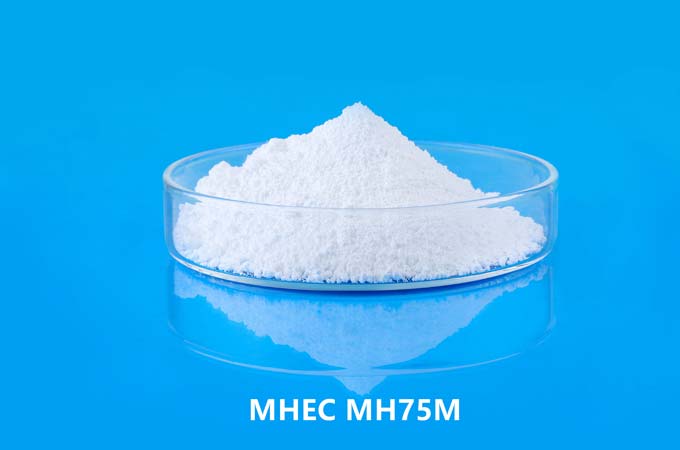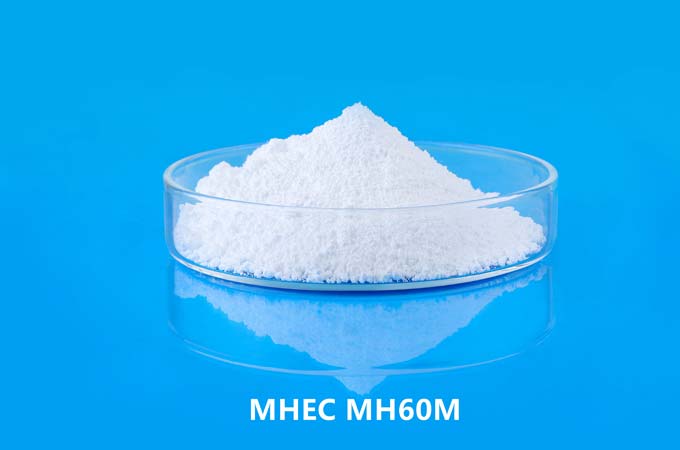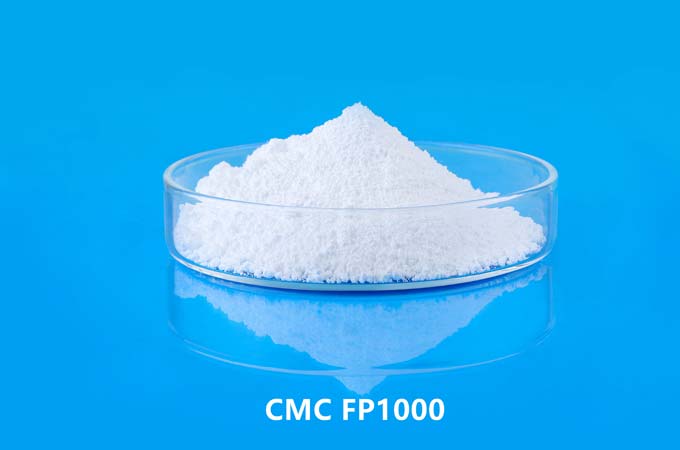Cellulose ethers are a group of biodegradable water-soluble polymers derived from cellulose, the main structural component of plant cell walls. These materials are used in various industries such as pharmaceuticals, food, construction, cosmetics, and textiles due to their unique properties such as thickening, bonding, film-forming, and stabilization. Cellulose ethers are synthesized by the chemical modification of cellulose, usually through an etherification reaction. The degree of substitution (DS) and type of ether groups introduced during the modification process influence the properties of cellulose ethers.
Cellulose ethers are typically produced from natural cellulose sources such as wood pulp, cotton, and other plant fibers. The cellulose content in these materials varies depending on the source and extraction process.
Wood pulp:
Wood pulp is one of the main sources of cellulose ethers. It is obtained by chemical or mechanical processing of wood fibers. Softwood and hardwood species such as pine, spruce, eucalyptus and birch are commonly used in pulp production. The cellulose content in wood pulp ranges from 40% to 50%. The pulping process involves breaking down the lignocellulosic structure of wood to extract cellulose fibers, which are then chemically modified to produce cellulose ethers. Wood pulp-derived cellulose ethers are widely used in industries such as pharmaceutical, food and construction for tablet binding, viscosity adjustment and as thickeners in paints and coatings.
Cotton:
Cotton is another natural source of cellulose, containing as much as 80 to 90 percent. Cellulose ethers derived from cotton are known for their purity and high quality. Cotton fiber consists of nearly pure cellulose and is suitable for the production of cellulose ethers. Cellulose ethers obtained from cotton are used in pharmaceuticals, textiles and personal care products. They are used as binders, thickeners and film-forming agents in a variety of formulations.
Cereal Straws:
Cereal straws such as rice, wheat, and barley straw are rich sources of cellulose. These agricultural residues contain 30 to 45 percent cellulose. After the grains are harvested, the remaining straw can be used to produce cellulose ethers. Utilizing agricultural residues to produce cellulose ethers can bring environmental benefits by reducing waste and promoting sustainable practices. Cellulose ethers derived from cereal straw are used in industries such as construction as additives in cementitious materials to improve workability and water retention.
Slag:
Bagasse is the fibrous residue left after extracting juice from sugar cane. It contains a high amount of cellulose, usually between 40 and 50 percent. Cellulose ethers derived from sugarcane bagasse are used in industries such as the food industry as thickeners, stabilizers and gelling agents. Bagasse-based cellulose ethers are also used in pharmaceutical formulations and as additives in the paper and textile industries.
Bamboo:
Bamboo is a fast-growing, renewable resource with a high cellulose content, ranging from 40 to 50 percent. Due to its abundance and sustainability, it is increasingly used as a raw material for cellulose ether production. Bamboo-derived cellulose ethers exhibit similar properties to wood pulp-derived cellulose ethers and are used in a variety of industries including textiles, paper, and construction.
Miscanthus:
Miscanthus is a perennial herb known for its high biomass yield and cellulose content, which ranges from 30 to 45%. Due to its rapid growth and low input requirements, it is considered a promising feedstock for cellulose ether production. Miscanthus-derived cellulose ethers are used in applications such as biodegradable packaging, agricultural mulches and soil amendments.
Algae biomass:
Some algae contain cellulose and other polysaccharides in their cell walls. Algal biomass can be a potential source of cellulose for the production of ether. Although algae generally have lower cellulose content compared to terrestrial plants, advances in biotechnology and cultivation techniques have enabled the production of algae with higher cellulose content. Algal cellulose ethers have potential applications in various industries including biomedicine, renewable energy, and wastewater treatment.
Industrial waste:
Cellulosic materials present in various industrial wastes such as paper mill sludge, cardboard and agricultural residues can be used in cellulose ether production. Recycling these waste materials not only reduces environmental pollution but also provides a sustainable source of cell-derived lulosei. Cellulose ethers produced from industrial waste can be widely used in industries such as construction, packaging and agriculture.
Cellulose ethers are versatile polymers derived from natural cellulose sources such as wood pulp, cotton, agricultural residues and industrial waste. These materials have high cellulose content and have a variety of applications in industries such as pharmaceuticals, food, construction, textiles and cosmetics. The availability of renewable cellulose sources and advances in cellulose ether production technology are driving the development of sustainable and environmentally friendly materials for a variety of applications.
 English
English 日本語
日本語 français
français Deutsch
Deutsch Español
Español italiano
italiano русский
русский português
português العربية
العربية Türkçe
Türkçe Nederland
Nederland



